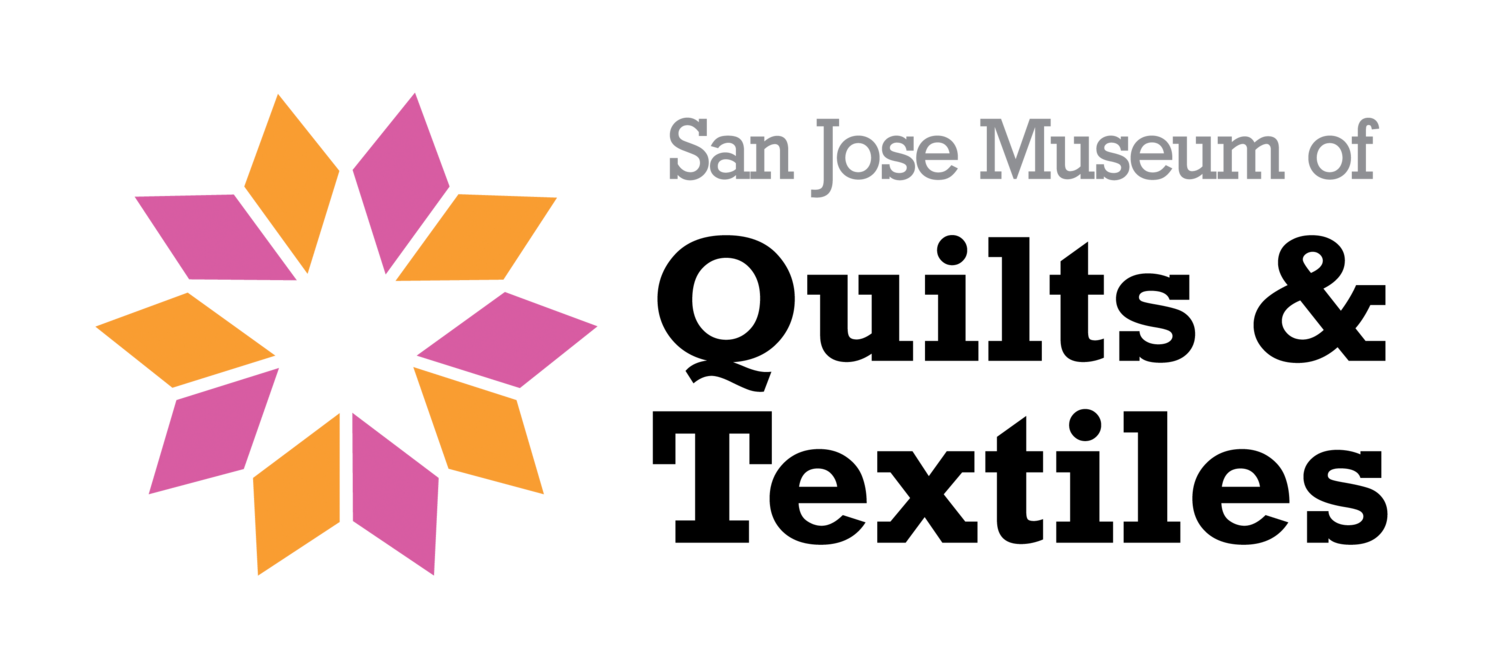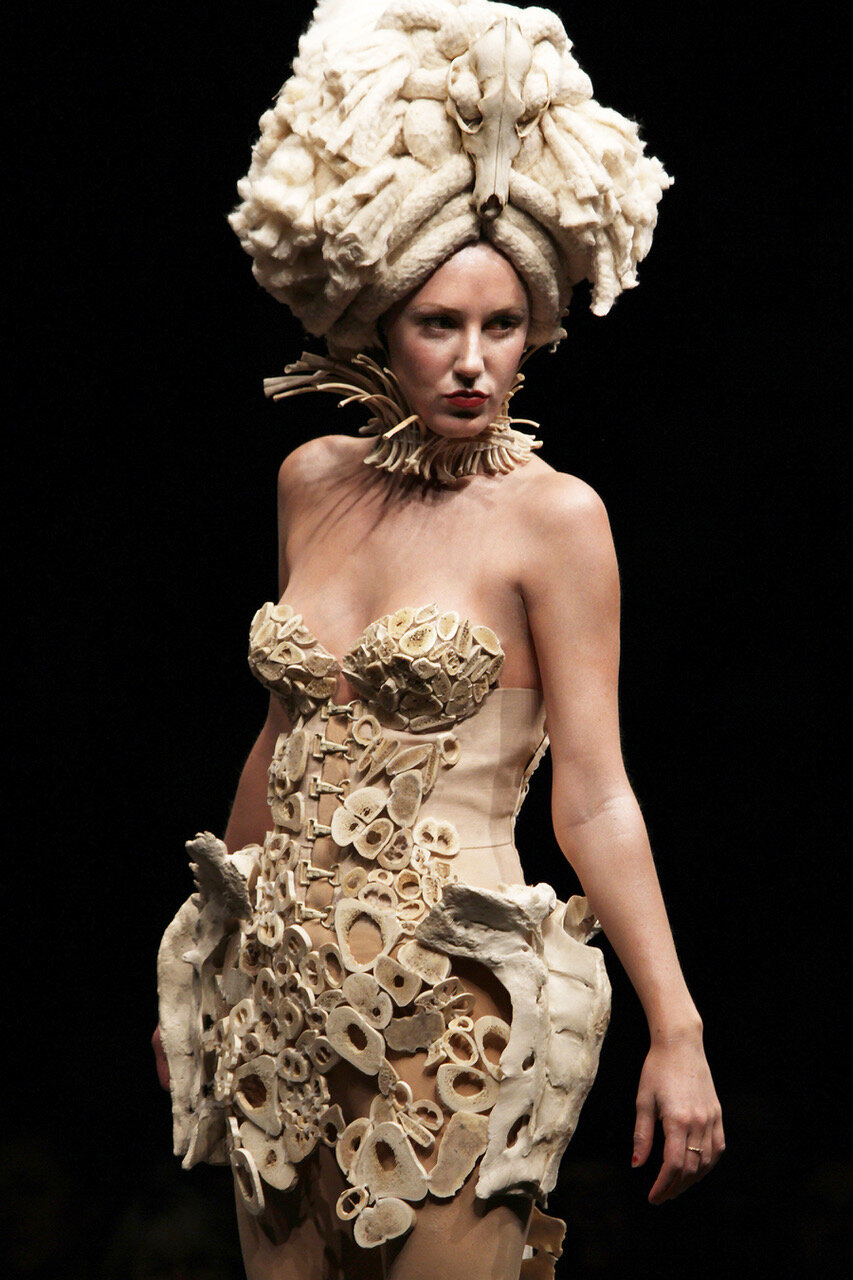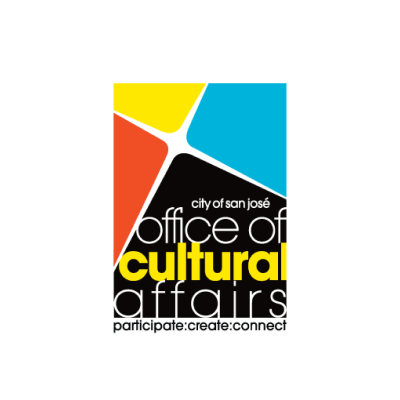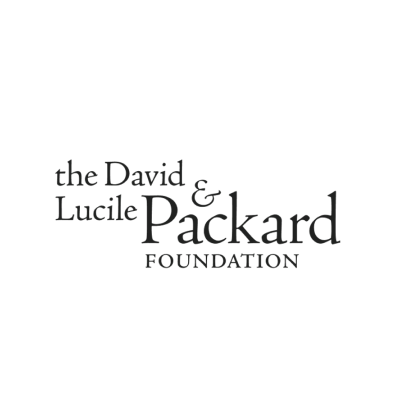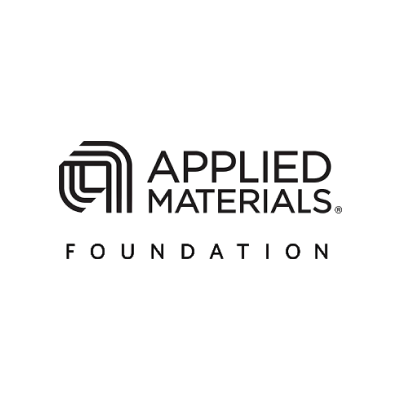We’re delighted to have three wonderful works by Rose Sellery (@rose_sellery) in Inside Out: Seeing Through Clothing. Today we’re highlighting Skin and Bones, a wearable sculpture made of found animal bones, upholstery piping and a tea-stained back brace.
These materials evoke flesh-colored body parts that echo and exaggerate the imagined wearer’s skeletal form. Like much of Sellery’s work, Skin and Bones plays with language—the title offering a wry commentary on a fashion industry that promotes unhealthy body standards in its demand for thinness.
Moving beyond the gallery, the artist’s conceptual garments come to life on the runway in fashion shows with Pivot: The Art of Fashion (@pivot.artfashion), organized by Sellery and Tina Brown (@ilkastyle).
